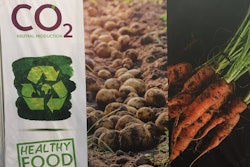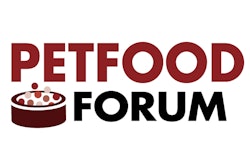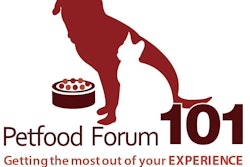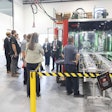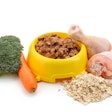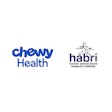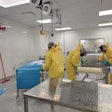The global animal feed additives market size is expected to reach USD 50.88 billion by 2027, registering a revenue-based CAGR of 3.8% over the forecast period, according to a new report by Grand View Research, Inc. Growing need to enhance the overall feed properties is one of the critical factors driving product demand. Increased consumption of meat and meat products as the primary source of protein and other nutrients is estimated to further drive the demand.
Key suggestions from the report:
- In terms of revenue, Asia Pacific emerged as the fastest growing region and is projected to continue its dominance, with India and China likely to witness a remarkable growth in next seven years
- Poultry emerged as the largest livestock segment in 2019, with a market share of more than 37% in terms of volume
- The animal feed additives market is highly fragmented and competitive in nature with presence of well-established players
- AFB International; Alltech; Kemin Industries Inc.; Evonik; DuPont; DSM; Nutreco N.V.; Archer Daniels Midland; and Cargill are the major players operating in the market
Read 128 page research report with ToC on "Animal Feed Additives Market Size, Share & Trends Analysis Report By Product (Antibiotics, Vitamins, Amino Acids, Acidifiers, Feed Enzymes, Antioxidants), By Livestock, And Segment Forecasts, 2020 - 2027" at: https://www.grandviewresearch.com/industry-analysis/animal-feed-additives-market/
Feed additives are considered to be an essential source of nutrition for animals. They are proven to be beneficial for improving feed quality, digestion, and conversion, thereby improving overall animal health. Different types of additives include amino acids, antioxidants, feed enzymes, vitamins, antibiotics, and feed acidifiers.
Feed enzymes are becoming popular among manufacturers and livestock producers. They increase the nutritive value, reduces cost, and improves the conversion ratio. The dominant type of enzyme products includes Carbohydrase, non-starch polysaccharides, phytase, and protease. The market players are focused on developing cost-effective products. For example, Novozymes, a key market player, in partnership with DSM, launched its enzyme under the brand name BalanciusTM. The enzyme is mainly developed for improving gut health of broiler chickens, which facilitates sustainable production.
Antibiotic is a significant type of animal feed additives consumed worldwide. Its ability to promote growth in livestock was one of the primary factors that have helped in developing its market. However, the excessive use of antibiotics as growth promoters resulted in the local bacterial population becoming resistant to the antibiotics. Traces of antibiotics in meat can also affect human health because of their excess use as growth promoters. Several countries are now imposing a ban on the use of antibiotics in animal feed and feed additive formulations. For instance, the Indian government recently imposed a ban on the use of Colistin, an antibiotic used for fattening the livestock. Thus, the growing implementation of the antibiotic ban by regulatory bodies is projected to hamper the market growth over the forecast period.
Grand View Research has segmented the global animal feed additives market report on the basis of product, livestock, and region:
- Animal Feed Additives Product Outlook (Volume, Kilotons; Revenue, USD Million, 2016 - 2027)
- Antibiotics
- Vitamins
- Vitamin A
- Vitamin E
- Vitamin B
- Vitamin C
- Other
- Antioxidants
- Amino Acids
- Tryptophan
- Lysine
- Methionine
- Threonine
- Others
- Feed Enzymes
- Phytase
- Non-starch Polysaccharides & Others
- Feed Acidifiers
- Others
- Animal Feed Additives Livestock Outlook (Volume, Kilotons; Revenue, USD Million, 2016 - 2027)
- Pork/Swine
- Poultry
- Cattle
- Aquaculture
- Others
- Animal Feed Additives Regional Outlook (Volume, Kilotons; Revenue, USD Million, 2016 - 2027)
- North America
- U.S.
- Canada
- Mexico
- Europe
- Spain
- Russia
- Germany
- Asia Pacific
- China
- Japan
- India
- Vietnam
- Central & South America
- Brazil
- Middle East & Africa
- South Africa
- North America
Find more research reports on Animal Feed and Feed Additives Industry, by Grand View Research:

